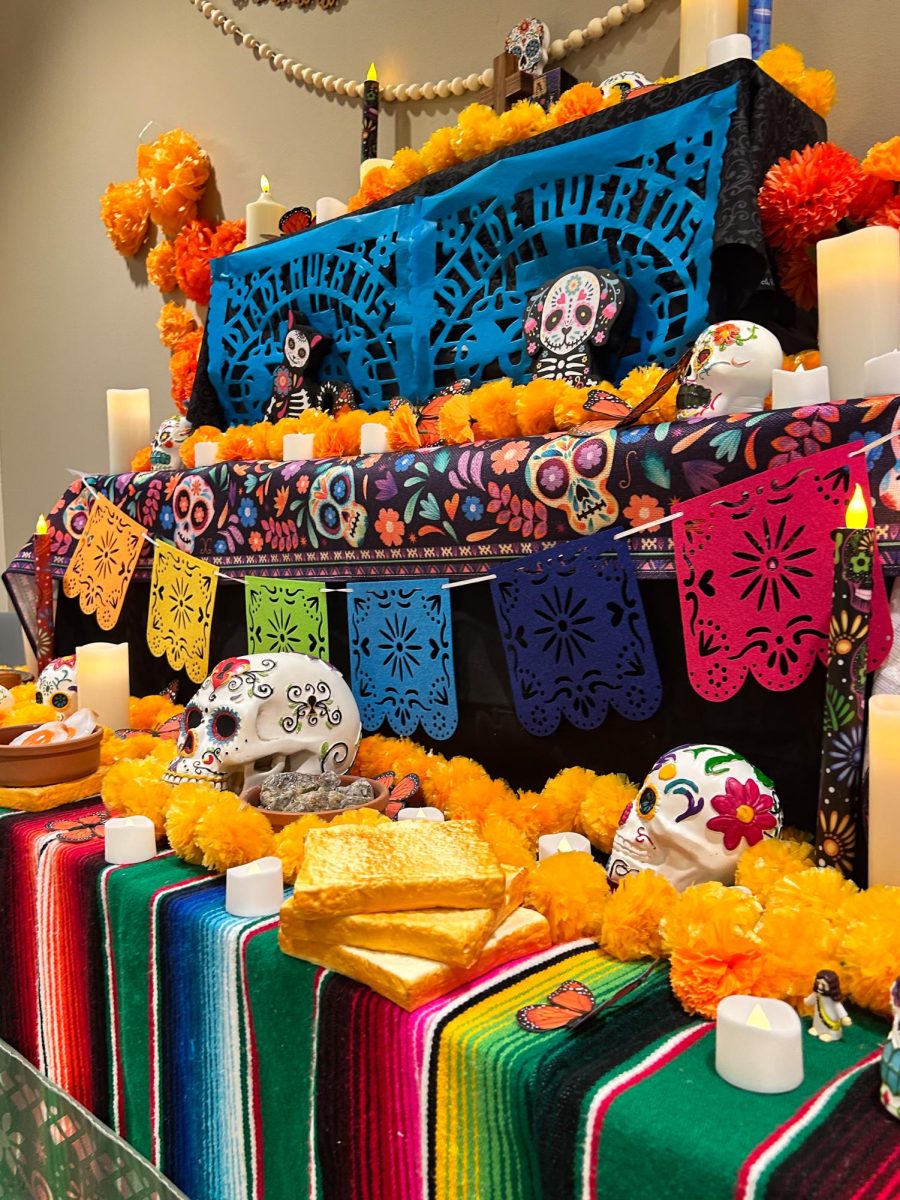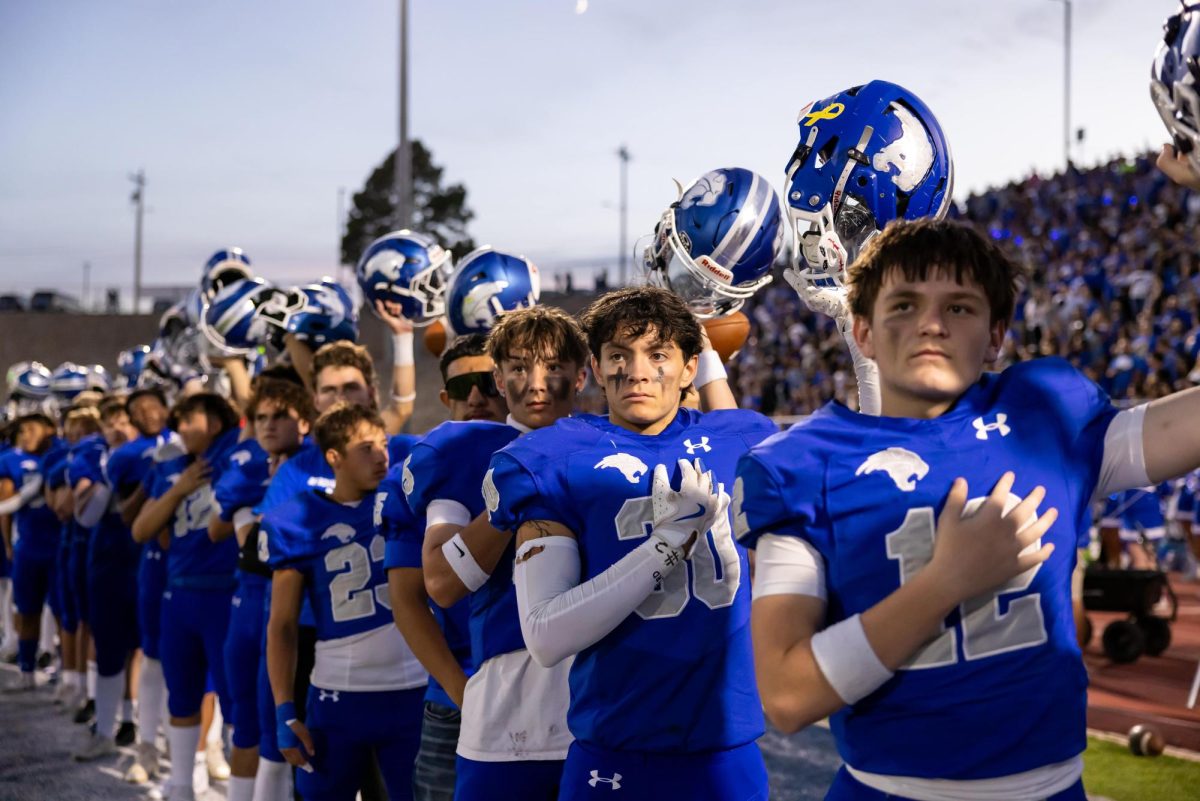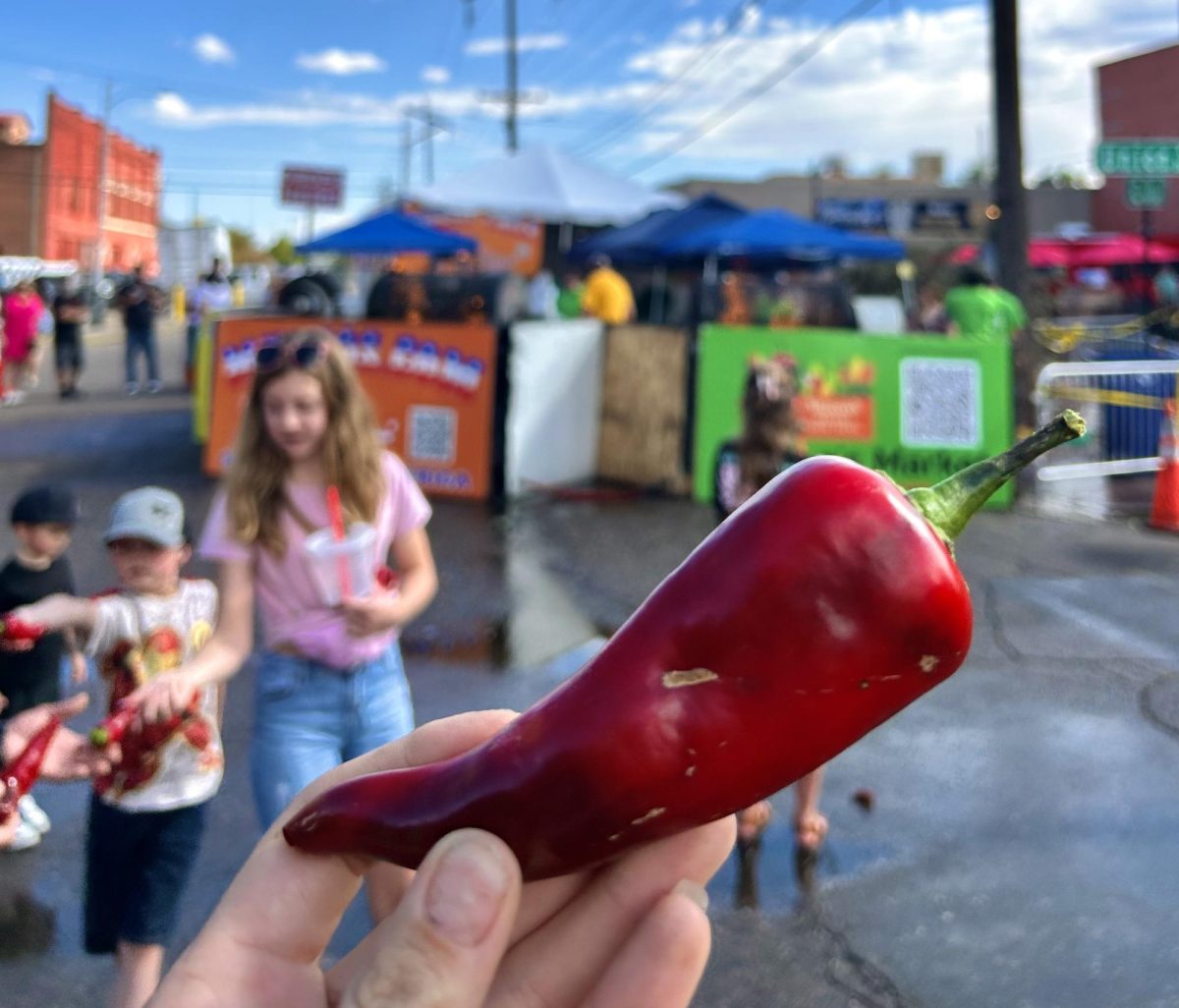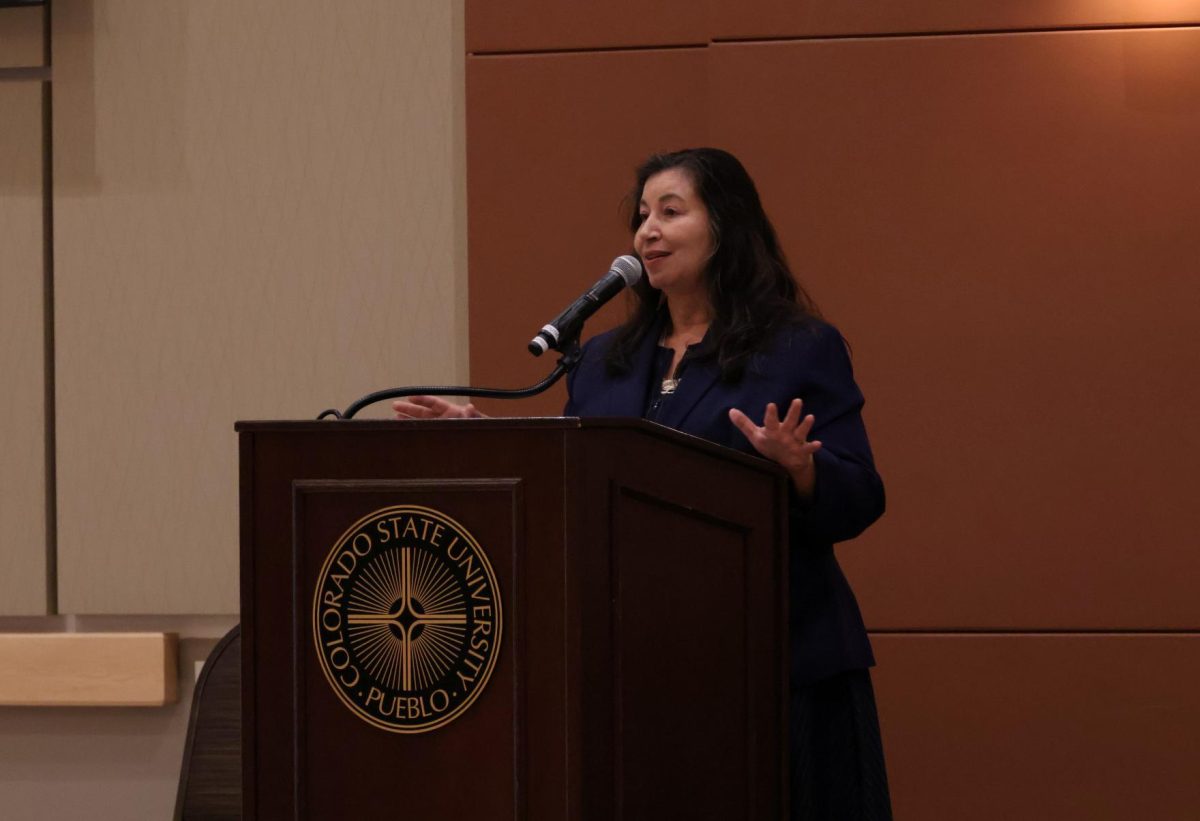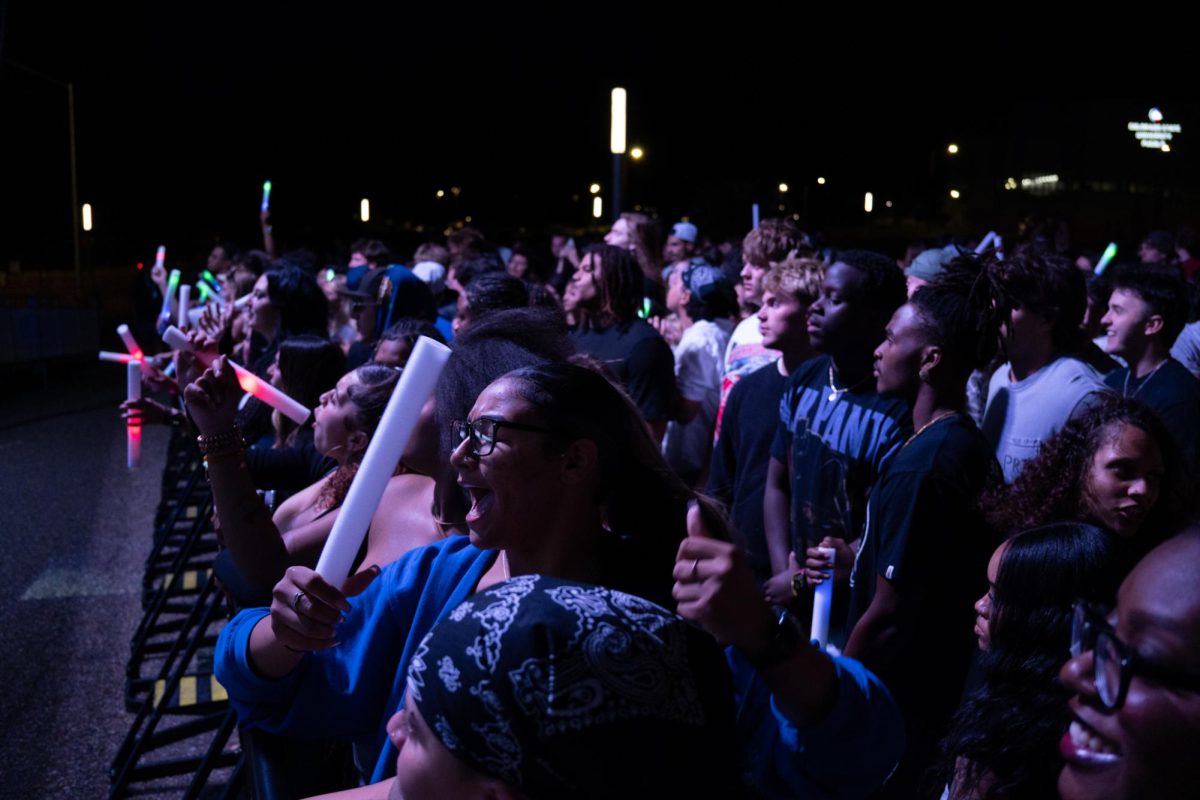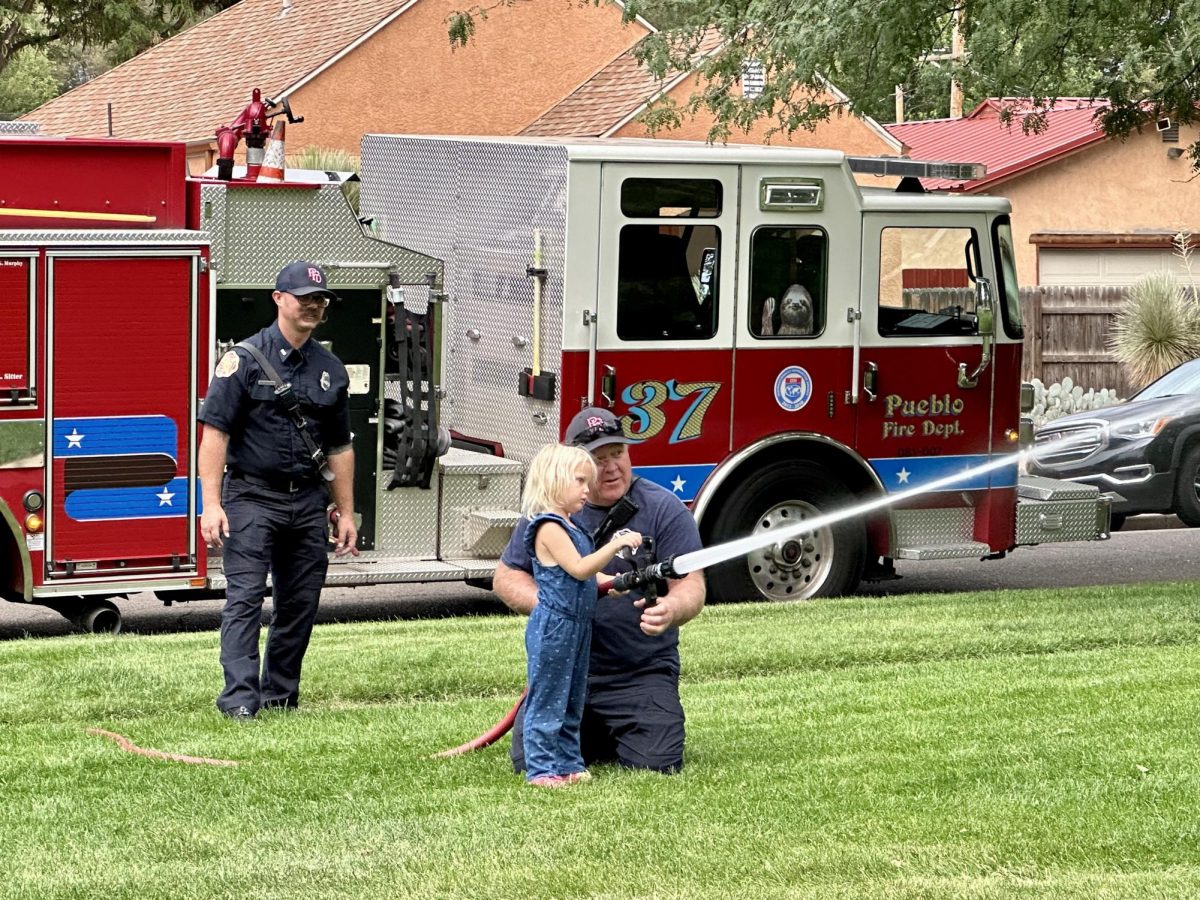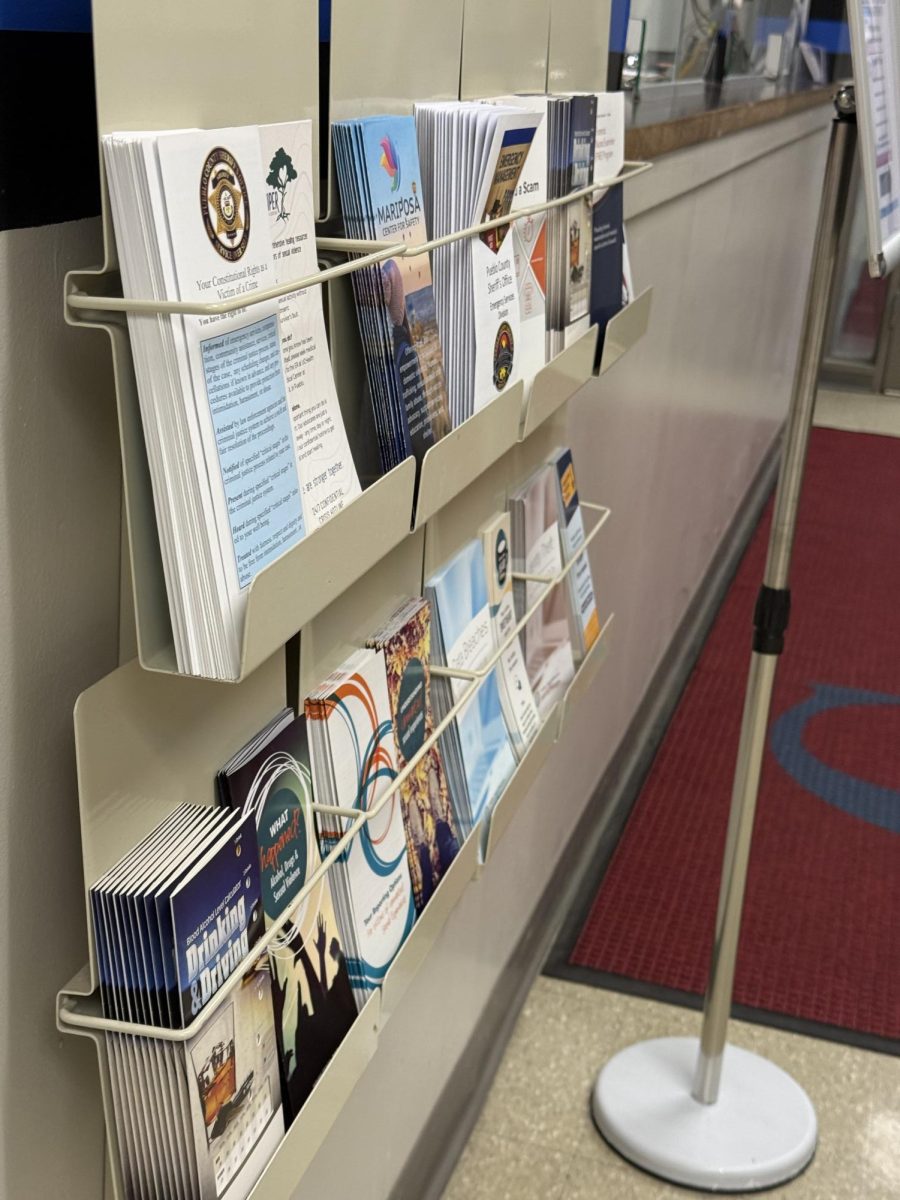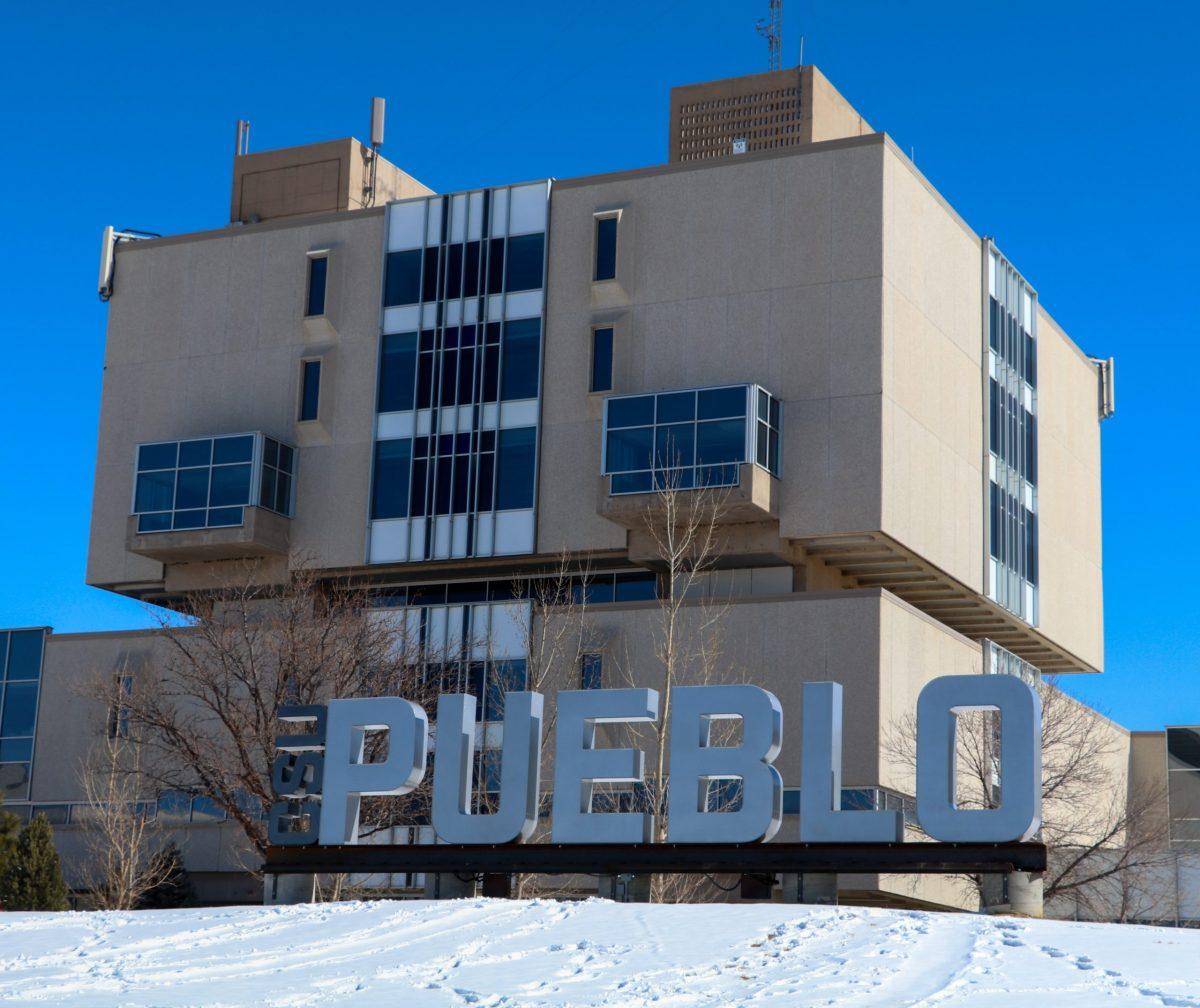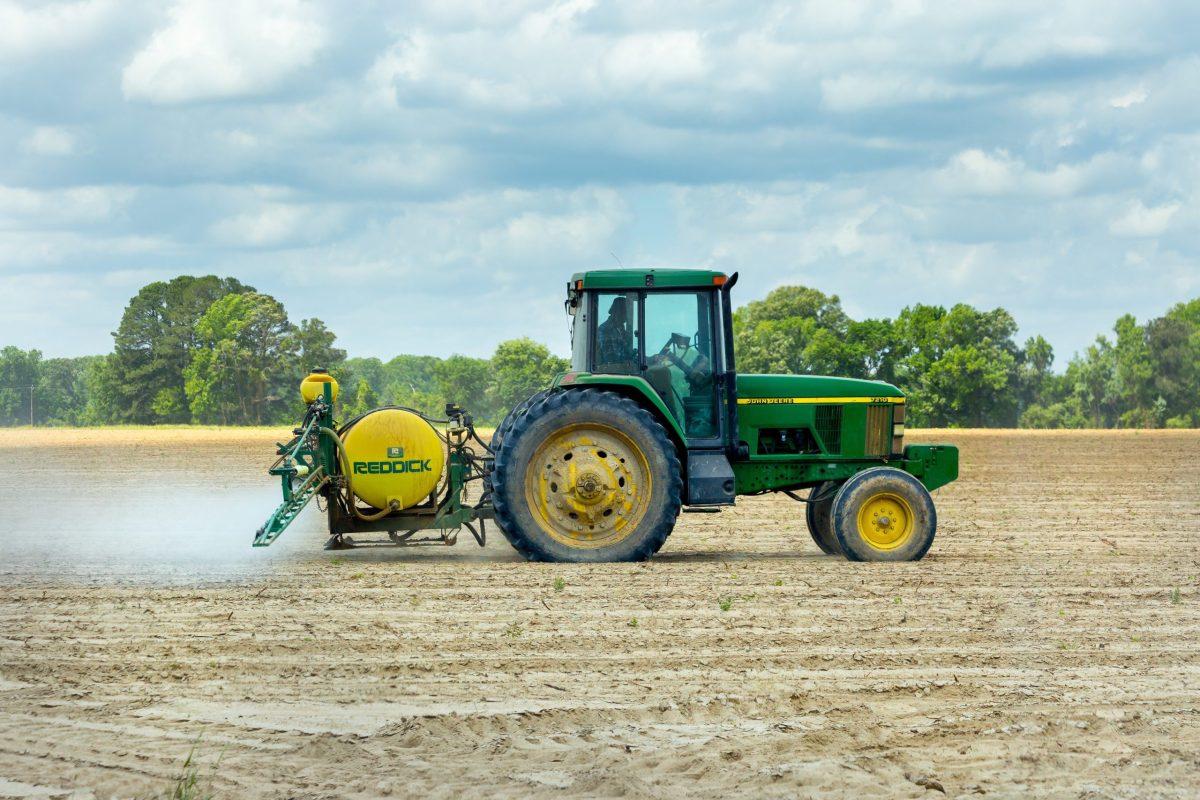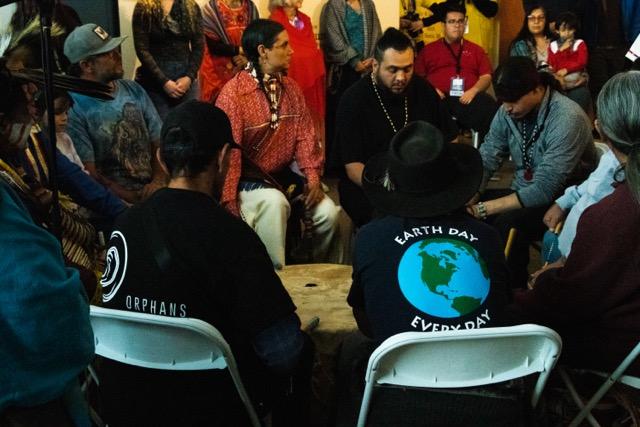By Victoria Jimenez
Outdoor Pursuits hosted an interactive Avalanche Awareness Clinic on Feb. 2 for all students to come and discover safety precautions students should make on a journey down the snowy peaks of the Front Range.
Scott Robertshaw, associate director of student recreation at Colorado State University-Pueblo, is in charge of Outdoor Pursuits and the new Search and Rescue team. He said he enjoys the outdoors immensely and he was glad that many Outdoor Pursuits students were taking safety training seriously in their lives.
“My first backcountry ski trip was in 1997,” said Robertshaw. “It was a backcountry ski trip where we put on our backpacks and went up to these yurts and learned how to do all the Telemark skiing and how to be ready for avalanches. After that experience I was sold; this was where I wanted to be.”
Robertshaw said in his presentation, “It’s important that when we travel in the backcountry, we acknowledge the risk and understand how to manage those risks.”
Robertshaw said there were a lot of great resources for people to look into before they dive into the world of alpine sports. “We might not be out extreme skiing, but we might be out driving our car up one of the passes on I-70 and there’s a potential for an avalanche slide,” he said.
According to the Colorado Department of Transportation, an avalanche is a mass of snow sliding down slopes. Additionally, the Colorado Avalanche Information Center says that there are several types of avalanches, but the most dangerous kind are slab avalanches.
Robershaw emphasized the aspects of pre-planning, preparation, and ensuring all team members have the proper skills and equipment to ensure that an emergency rescue is possible.
He demonstrated how to use the three most important avalanche tools to the audience: a beacon, a probe, and a metal shovel. Robertshaw had the audience practice with the beacon and probe tools with an activity in the lower floor of the Occhiato Student Center to simulate what a team would do in the case of an avalanche emergency.
This system of rescuing a person involves triangulation of signals emitted from each beacon, pinpointing the body’s location, then rescuers use a probe to poke deep into packed snow to find the body, and begin digging with effective metal shovels hopefully in time before a person asphyxiates below dangerously packed snow.
Erika Lindstrom, residence life coordinator for CSU-Pueblo on-campus life, said she was excited for this upcoming semester’s outdoor events hosted by Outdoor Pursuits.
“It’s the best kept secret” said Lindstrom. Lindstrom said she was never really into the outdoors until recently. She said she was surprised at the size of the rocky mountain range, with her previous outdoor experience coming from smaller outdoor locations back in Indiana.
CSU-Pueblo’s Outdoor Pursuits program provides students with various opportunities to travel and facilitate team building in the great outdoors. They also provide equipment rentals for students, faculty, and community members at a discounted price compared to the individual costs someone might take on by purchasing equipment by themselves.





